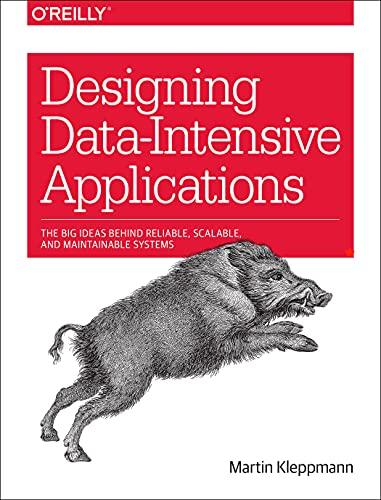Answered step by step
Verified Expert Solution
Question
1 Approved Answer
Solution please Surface and Sub surface Modeling 1. The watershed shown in the figure below experience a severe flood-producing storm in a 6-hr period in
Solution please 

Surface and Sub surface Modeling 1. The watershed shown in the figure below experience a severe flood-producing storm in a 6-hr period in June 1978. Average excess rain depths over each of the nine subareas A, B,, and I is shown in Table 1 . Flood records show that the storm produced peak flows of 27,500cfs at Point 3 and 21,600cfs at the watershed outlet (Point 8 ). The map shown in the figure gives the sub-basin divides, reach lengths, and stream bed elevations (underlined). A reservoir located at point 9 will store virtually any storm over subarea I. Using the remaining sub-watersheds in boldface borderlines, use the June 1978 storm to simulate a hydrograph at Points 1 through 8 using HEC-HMS model and compare peaks recorded at points 3 and 8 . Assume the rain depth is uniformly distributed over each subarea and the storm time distribution for the storm is Timetlir) 0.511.522.533.544.555.56 %34569371086453 Use the SCS unit hydrograph method to synthesize the hydrograph from rain hyetograph with a composite CN of 73 . Stream routing is made by Muskingum method with x=0.15 and K (approximate travel time) is the reach length divided by velocity in ft/sec as 100 , where is S is the reach slope (ft/ft). A. Build a conceptual view on how to model the problem considering the expected processes. B. Make a simple hand calculation of the expected flows at point 1 to 8 . C. Use HEC-HMS to verify results in B. D. Verify on the recorded two flow peaks at points 3 and 8 E. Make any assumptions you believe reasonable. Time(hr) 0.511.522.533.544.555.56 Use the SCS unit hydrograph method to synthesize the hydrograph from rain hyetograph with a composite CN of 73. Stream routing is made by Muskingum method with x=0.15 and K (approximate travel time) is the reach length divided by velocity in ft/sec as 100 , where is S is the reach slope (ft/ft). A. Build a conceptual view on how to model the problem considering the expected processes. B. Make a simple hand calculation of the expected flows at point 1 to 8 . C. Use HEC-HMS to verify results in B. D. Verify on the recorded two flow peaks at points 3 and 8 E. Make any assumptions you believe reasonable 

Step by Step Solution
There are 3 Steps involved in it
Step: 1

Get Instant Access to Expert-Tailored Solutions
See step-by-step solutions with expert insights and AI powered tools for academic success
Step: 2

Step: 3

Ace Your Homework with AI
Get the answers you need in no time with our AI-driven, step-by-step assistance
Get Started


